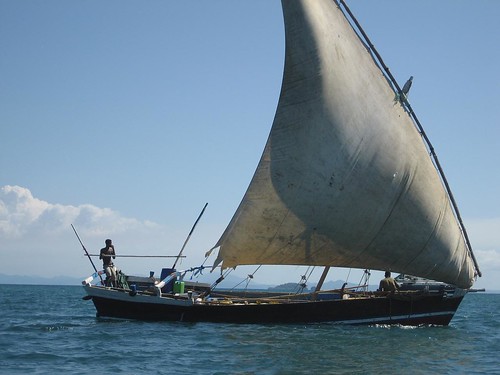Nevo wrote:Here is something I wrote on the other board last week:
I found it interesting that the Proctors call Khor Kharfot "not just the most, but probably the only viable candidate for Nephi’s Bountiful." If Khor Kharfot/Wadi Sayq is the last best hope for Nephi's Bountiful, that's not good news. Aside from the aforementioned lack of iron ore noted by BYU geologist Walmart. Revell Phillips, the site's indigenous trees are unsuitable for building ocean-going ships. According to BYU archaeobotanist Terry B. Ball:
Quote:
"The largest tree of Dhofar, the Vast Fig (Ficus vasta), along with the other large indigenous fig taxa, F. sycomorus, F. cordata salicifolia, and F. lutea, all produce a wood that is too soft, heavy, and porous to withstand the rigors of a transoceanic crossing, though the wood is suitable and has been used in the Dhofar region for building ship infrastructure not exposed to the elements. There are a few Acaia taxa that produce a harder wood, such as Acaia nilotica, A. senegal, A. etbaica, and A. latea, but only A. nilotica and A. senegal reach any appreciable size, and they, like their smaller relatives, produce a wood that is too branched and gnarled for large raft logs or ship planks and timbers. The branches of some Acacia taxa could and have been used, however, for building ship ribs and infrastructures. Other large Dhofar taxa are equally as unsuitable for the task of providing planking for ships or logs for a large raft. The very rare Baobab (Adansonia digitata) produces a wood far too soft for the task. The endemic Anogeissus dhofarica is too branched and small to be of use as is the Christ-thorn (Ziziphus spina-christi) and the legume Delonix elata. The Tamarind (Tamarindus indica) is a larger tree that produces a better grade of wood than most of the above, but it is a native of tropical Africa that may not have been introduced until after Lehi’s family left the area. Moreover, while Tamarind wood is prized for tool- and cabinet making, it has not historically been used for shipbuilding. In the words of maritime historian Dionisius A. Agius, "Timber for shipbuilding was always lacking in the Arabian/Persian Gulf and shipwrights had to look for good wood to build larger vessels." Another maritime historian, George Faldo Hourani, echoes Agius’s opinions, "Arabia does not and never did produce wood suitable for building strong seagoing ships."
http://publications.mi.BYU.edu/fullscre ... 16&index=7Phillips concurs with Ball's assessment: "No trees grow in Oman that could provide suitable planking for Nephi’s ship, either today or probably in the past" (
http://publications.mi.BYU.edu/fullscre ... 17&index=7).
Moreover, George Potter, Frank Linehan, and Conrad Dickson—experienced sailors all—have noted that "Khor Kharfot is presently closed off by a sandbar. There is no documented evidence that the Khor was open to the sea in Nephi's time, but if it were, it is very narrow and the floor is strewn with huge boulders that would have posed considerable risk to anything other than small, shallow draft vessels attempting to use it" (in Voyages of the Book of Mormon [Springville, UT: CFI, 2011], 53). However, Warren P. Aston, the discoverer and main booster of Khor Kharfot, claims that the inlet's "width of a hundred or so feet is surely adequate to maneuver a ship"—or at least a raft (see Warren P. Aston, "Identifying Our Best Candidate for Nephi's Bountiful," Journal of the Book of Mormon and Restoration Scripture 17, no. 1–2 [2008]: 61).
Then there's the small problem of the wadi being virtually impassable from the west—the direction that Lehi's party was coming from. As Phillips has observed, "the area surrounding Wadi Sayq is heavily wooded with brush, which is dry most of the year and endowed with uninviting thorns. Wadi Sayq today is a narrow canyon for most of its length and is clogged with huge boulders and unfriendly vegetation, making it almost impossible for anyone to bring a caravan down the wadi." And this goes on for some 16 miles! The Proctors implicitly acknowledge the site's inaccessibility in one of their photos depicting a research team arriving by boat. Here is Phillips again: "The only real access to Wadi Sayq is from the sea, and even that access is denied almost half of each year when the sea is too violent for small boats to come ashore. However, Wadi Sayq is a charming, pristine site to bring Latter-day Saint tourists, as the high breakers and surf and the 'wet' landing on an isolated beach is about the right amount of danger and adventure to challenge the modern tourist." For his part, Aston insists that he has personally made it through the boulders and thorns "several times" and that the "choke-points of accumulated boulders and abundant vegetation do not deter exploration by serious researchers any more than they would have turned away a prophet-led group long ago." (They might, however, have deterred the camels carrying all their stuff.)


